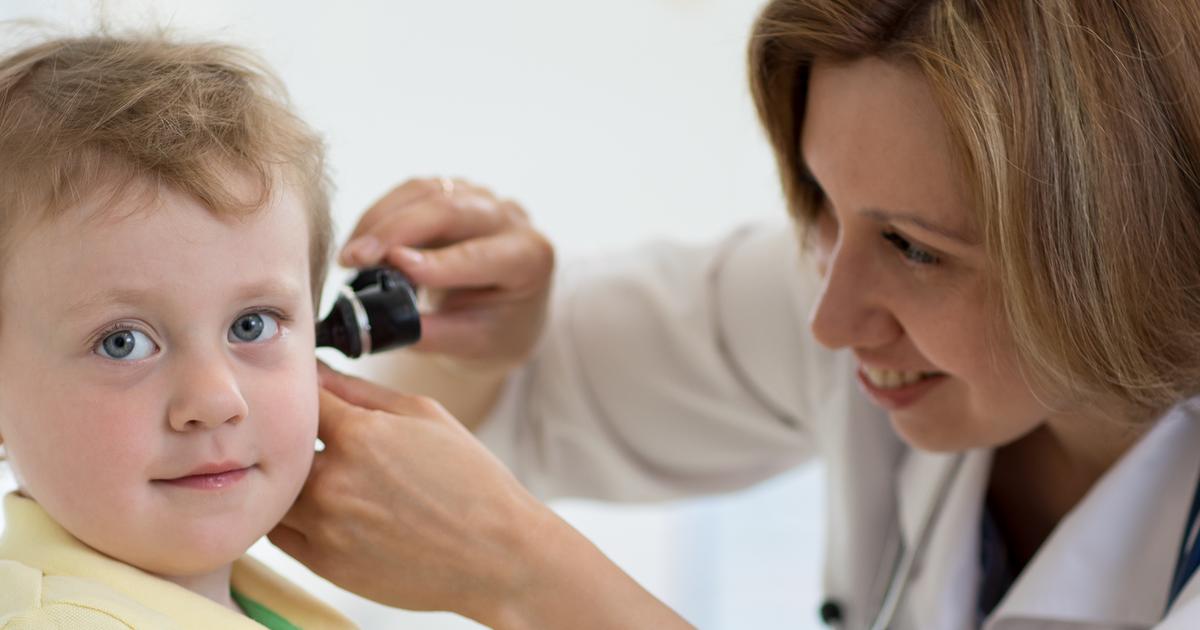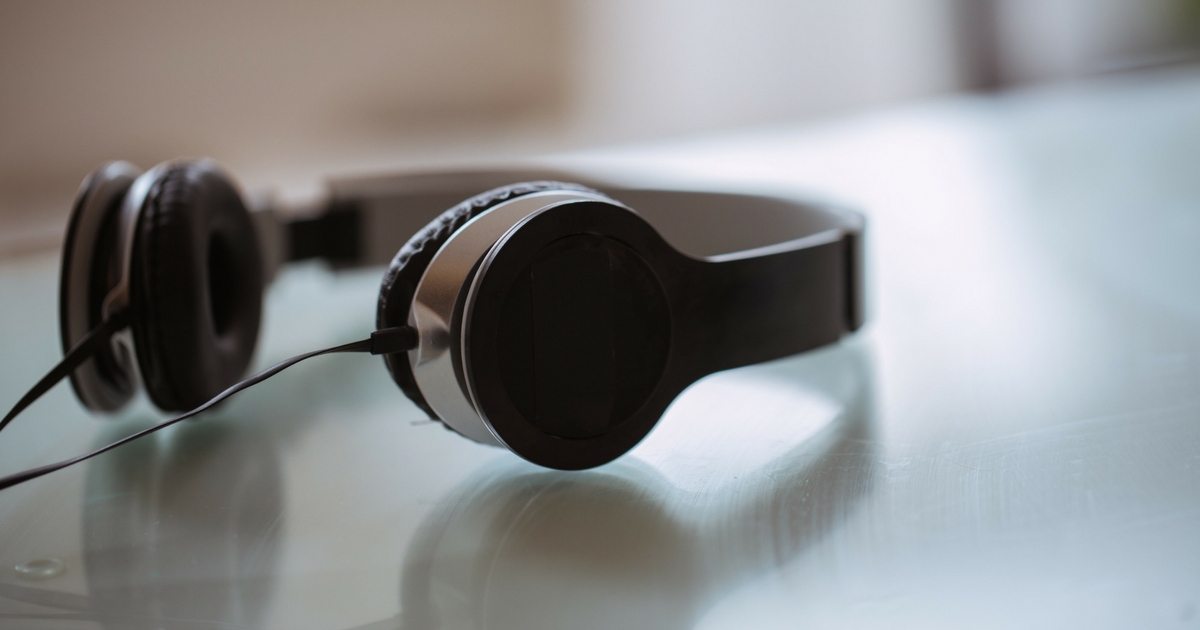What Is Misophonia?
Most individuals find particular sounds irritating, with one of the most common being nails on chalkboards. Other individuals find the sounds of chewing irksome. These mild responses of annoyance are reasonably common. If an individual goes into a rage at a particular sound, however, or find their fight or flight response triggered by particular sounds, including things as innocuous as someone yawning, they may have misophonia. Misophonia is often difficult to diagnose because the patient's hearing is normal and their ears in good condition. It tends to emerge, most often in girls, around ten years old. Doctors remain unsure of the cause of misophonia.
Get the full details on what misophonia is, including information on the emotional and physical reactions it evokes and its connection to mental health, now.
Defining And Classifying Misophonia

Also referred to as selective sound sensitivity disorder, misophonia is triggered by sounds. This often means oral sounds such as breathing, eating, yawning, chewing, or whistling. A minor repetitive motion can also be the cause, when someone is fidgeting, jostles the affected individual, or taps their foot monotonously. This disorder is a hatred of certain sounds and can cause rage or panic. Its cause may lie in the brain's central auditory system malfunctioning, but the specific mechanism is still unknown. Unfortunately, misophonia lacks standard diagnostic criteria, and it has limited treatment options as it is a newly identified disorder. Sometimes sound therapies such as those used to treat tinnitus are utilized, but approaches have not been sufficiently studied to know whether or not they are definitively effective at managing this condition.
Continue to learn about the physical reactions misophonia can elicit now.
Physical Reactions In Patients

Misophonia causes an individual to experience autonomic arousal, or the fight or flight reaction, when triggered by certain sounds. The most essential criteria to diagnose misophonia is particular sounds evoking a disproportionally aversive reaction. Physiological reactions typically involve pressure in the head, chest, arms, or entire body. Other victims report tightened, clenched, or tense muscles. Some complain of increased heart rate, blood pressure, and body temperature, as well as trouble breathing, sweaty palms, and outright physical pain. These physical reactions in patients may be intensified by caffeine and dampened somewhat by alcohol, according to those studied.
Uncover the details on the emotional reactions misophonia can evoke in patients next.
Emotional Reactions In Patients

Misophonia has a wide variety of emotional reactions in patients, ranging from anxiety to outright suicidal thoughts. If patients have misophonia, they may hate the person making the sounds. They may wish to attack the individual causing the sounds, either verbally or physically. A mild reaction might have patients feeling disgust, discomfort, the urge to flee, or anxious. A more severe reaction to particular sounds can include panic, anger, rage, hatred, fear, emotional distress, crawling skin, a desire to stop or kill whatever is causing the sound, and suicidal ideation. This disorder can severely cramp a social and working life. It can cause patients to avoid situations that may bring about the sounds. If chewing drives patients into a fury, they will likely avoid social engagements at restaurants or that otherwise involve eating. Clicking pens can make work an ordeal in office situations. Simple yawning can make life at home a trial.
Learn about when the onset of misophonia occurs next.
Age Of Onset

Misophonia can begin at any age, and it most frequently starts during late childhood or in the early teenage years. The first symptoms generally appear before an individual reaches puberty, and patients tend to be diagnosed between eight and thirteen years old. Preliminary research suggests misophonia could occur in up to twenty percent of college students in the United States, and there have been reports of misophonia developing in a patient's thirties, forties, and fifties as well. Newly diagnosed misophonia is rare after individuals reach fifty-five years old. Symptoms of the condition often worsen as a patient gets older, and early diagnosis may help improve symptom management.
Get information on the most common sound triggers next.
Most Common Sound Triggers

Sounds from other people's mouths are the most common sound triggers associated with misophonia. Typical triggers include the sound of another person swallowing, chomping, or slurping, and patients might be triggered by the sound of someone smacking their lips or clearing their throat too. Although less common, individuals have reported being triggered by the sounds of ticking clocks, chirping birds and crickets, rustling papers, and sniffling, and the slamming of a car door could cause symptoms as well. In rare cases, patients might also be triggered by nose rubbing, hair twirling, or foot tapping.
Individuals with misophonia may take drastic steps to avoid potential sound triggers. For example, they might skip class or quit their job, and they could experience social isolation and relationship conflicts with family members, coworkers, and friends. When misophonia patients encounter a sound trigger, this may cause them to feel disgusted or irritated, and these emotions can rapidly turn into anger. The patient might lash out verbally or physically at the person making the sound. Some individuals could start to mimic the offending sounds. In general, patients with misophonia are more likely to have depression and anxiety than individuals without this condition.
Learn about misophonia's link to obsessive-compulsive disorder next.
Link To Obsessive-Compulsive Disorder

Misophonia is similar to obsessive-compulsive disorder and, in fact, often occurs concurrently with the condition. Similar to obsessive-compulsive disorder, misophonia has a different presentation in each patient. Obsessive-compulsive disorder includes unwanted and obsessive thoughts. The link to obsessive-compulsive disorder lies in the obsessive aspects of misophonia, where patients focus intently on one thing or the anticipation of it. The hatred of sound was only first labeled in the early 2000s, whereas obsessive-compulsive disorder was first described as early as the 1600s. Thus the links and relationships are still being studied, although misophonia is often misdiagnosed as obsessive-compulsive disorder or a diagnosis finds the two occur at the same time.
Discover the other connections misophonia has to other aspects of mental health.
Connections To Other Mental Health Conditions

Just as with obsessive-compulsive disorder, misophonia has connections to other mental health conditions such as depression and anxiety. It can cause these conditions because of the aversions it can create to living a normal life. When an individual's significant other's chewing or their child's yawn can trigger a rage or panic, there is a great deal of stress in life. Sometimes victims avoid other individuals altogether. Studies have shown trigger sounds, when made by the individual suffering from misophonia, are less triggering or cause no adverse reaction at all. Thus solitude is the answer for some patients with misophonia, which can lead to loneliness and despair of ever living a normal life. Suicidal ideation may also be the result of misophonia.
Look into the connection brain connectivity and chemistry have with misophonia next.
Brain Connectivity And Chemistry

Recent research into brain connectivity and chemistry has revealed structural differences in the brains of misophonia patients. A study by Dr. Sukhbinder Kumar published in Current Biology in 2017 reported strong evidence indicating misophonia is a neurological disorder. Using MRI scans, Dr. Kumar and his team discovered individuals with misophonia have abnormalities in the functional connectivity of the anterior insula, an area of the brain involved in emotion processing. When exposed to a trigger sound, patients with misophonia experience an exaggerated response in the anterior insula, and they exhibit more activity in this area than those without misophonia who are exposed to the same sounds. Dr. Kumar's study also noted misophonia patients have differences in frontal lobe connectivity between the hemispheres of the brain. Compared to individuals without misophonia, those with the condition have higher myelination in an area known as the ventromedial prefrontal cortex. This area of the brain is located just above the eye socket, and it regulates decision making, empathy, and emotions such as fear. Ongoing research is being conducted on sound and visual triggers for misophonia, and scientists are investigating the potential connections between misophonia and a region of the brain known as the amygdala.
Get familiar with options for treating misophonia next.
Tinnitus Retraining Therapy

Individuals with misophonia are often encouraged to try tinnitus retraining therapy. This treatment helps patients learn to tolerate sound triggers more easily. As part of the therapy, individuals wear devices behind their ears. These devices generate white noise that masks other sounds and distracts the patient from their sound triggers. Patients are taught about the auditory system and how it functions, and they learn about what may be causing their symptoms. Over several follow-up appointments, they gradually learn to change their perception of triggering sounds so they no longer feel annoyed or angered by the offending noise. Tinnitus retraining therapy includes deep relaxation exercises and stress management techniques, and patients may also receive cognitive behavioral therapy or other types of psychotherapy as they cope with their condition. Tinnitus retraining therapy helps the patient find healthy ways to manage their symptoms, and some individuals receive this training for years.
Learn some lifestyle tips for managing misophonia next.
Lifestyle Tips for Management

To cope with misophonia, it can be helpful to always have a set of noise-canceling headphones available. These can help block out or reduce sound triggers, and it may help to play some music, an audiobook, or white or pink noise through the headphones. Keeping the television on as background noise during mealtimes could be beneficial, and some patients choose to turn on music during this time. It is important to have an 'escape plan' for times when one is likely to encounter a trigger. Leaving the area where the trigger occurs is the most effective option. If this occurs at work, the patient could ask to take a short break or step outside for some fresh air. Employees may want to request a desk in a quiet area, and it can help to work remotely from home on certain days of the week as well. If the patient feels able to do so, explaining their condition to colleagues could help reduce exposure to triggers. Online support groups are available so patients can receive and share advice with fellow patients.